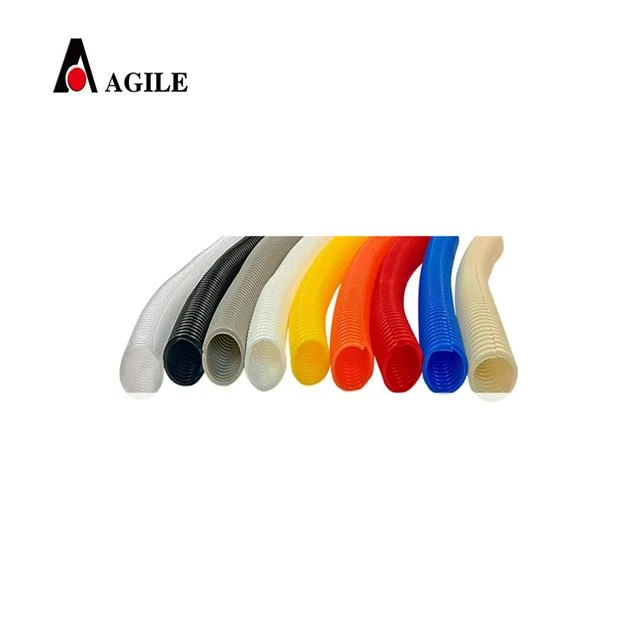Affordable Prices for Cable Drag Chains and Accessories Available Now
Understanding the Price of Cable Drag Chains
In the modern industrial landscape, the efficiency and reliability of machinery are paramount. One often-overlooked component that plays a crucial role in maintaining this efficiency is the cable drag chain. These chains, also known as energy chains or cable carriers, are essential for protecting and guiding cables and hoses in various automated environments. As businesses venture into procuring cable drag chains, understanding the factors that influence their prices becomes critical.
What Are Cable Drag Chains?
Cable drag chains are specially designed systems that protect and manage flexible cables and hoses, enabling them to move dynamically in an automated setup. Commonly used in applications such as CNC machines, robotic arms, and assembly lines, these chains not only organize but also safeguard the cables from wear and tear that could lead to operational downtime.
Factors Influencing Cable Drag Chain Price
1. Material Composition The price of cable drag chains varies significantly based on the materials used in their construction. Chains made from high-grade polymers are generally more expensive than those made from standard plastics. This is due to their enhanced durability, resistance to chemical exposure, UV light, and temperature fluctuations.
2. Size and Length The dimensions of the drag chain directly affect its cost. Larger and longer chains require more material and often involve more complex manufacturing processes, thus leading to a higher price point. Buyers need to assess their specific operational needs to determine the required size.
3. Design Complexity Drag chains come in various designs, some of which offer greater flexibility or more intricate arrangements for cable management. Custom designs that accommodate specific cable types or routing requirements can result in increased prices.
4. Load Capacity Different applications require different load capacities. Drag chains designed to support heavier loads are often more expensive due to the need for thicker materials and reinforced structures, which add to their resilience and longevity.
5. Brand Reputation Just like with many industrial products, the brand can significantly affect the price of cable drag chains. Well-established manufacturers with a reputation for quality often charge premium prices. However, opting for a lesser-known brand may not always guarantee cost savings if the product does not meet performance expectations.
cable drag chain price

6. Quantity Discounts Purchasing in bulk can lead to significant savings. Many suppliers offer discounts for larger orders, which can substantially reduce the per-unit price. Businesses should evaluate their needs to take advantage of these pricing strategies.
7. Market Demand and Trends Fluctuations in market demand can influence prices. During periods of high demand, such as during technological upgrades across industries, prices may increase. Conversely, market saturation can lead to lower prices as companies compete for business.
How to Find the Best Cable Drag Chain Prices
1. Research Suppliers Take the time to research various suppliers and their product offerings. Compare specifications, materials, and customer reviews to ensure you’re investing in a quality product that meets your needs.
2. Request Quotes Don’t hesitate to request quotes from multiple suppliers. This allows you to compare prices and understand the market range for the specific type of drag chain you need.
3. Ask About Custom Solutions If your application requires a unique setup, inquire about custom solutions. While these may come at a premium price, they can provide significant long-term savings by reducing maintenance costs and downtime.
4. Consider Total Cost of Ownership While the upfront cost is important, it’s essential to consider the total cost of ownership, which includes installation, maintenance, and potential replacement costs. Investing a bit more upfront in a high-quality drag chain can lead to long-term savings.
Conclusion
When navigating the world of cable drag chains, understanding the factors that influence their prices can empower businesses to make informed purchasing decisions. By considering material composition, size, design complexity, load capacity, and supplier reputation, companies can find a solution that fits both their operational needs and budget constraints. In the end, the right investment in cable drag chains can lead not only to efficient machinery operation but also to significant improvements in overall productivity and profitability.








